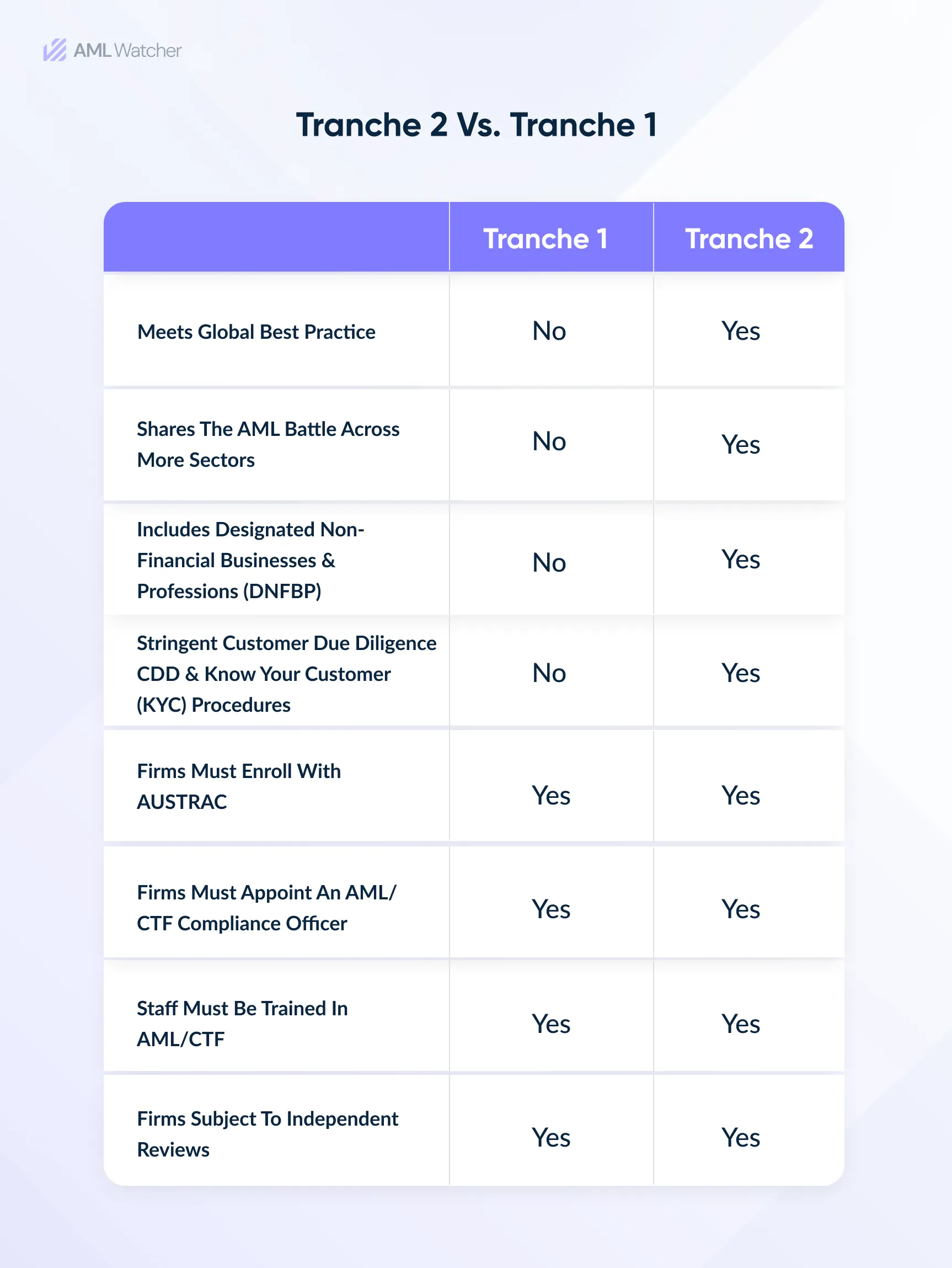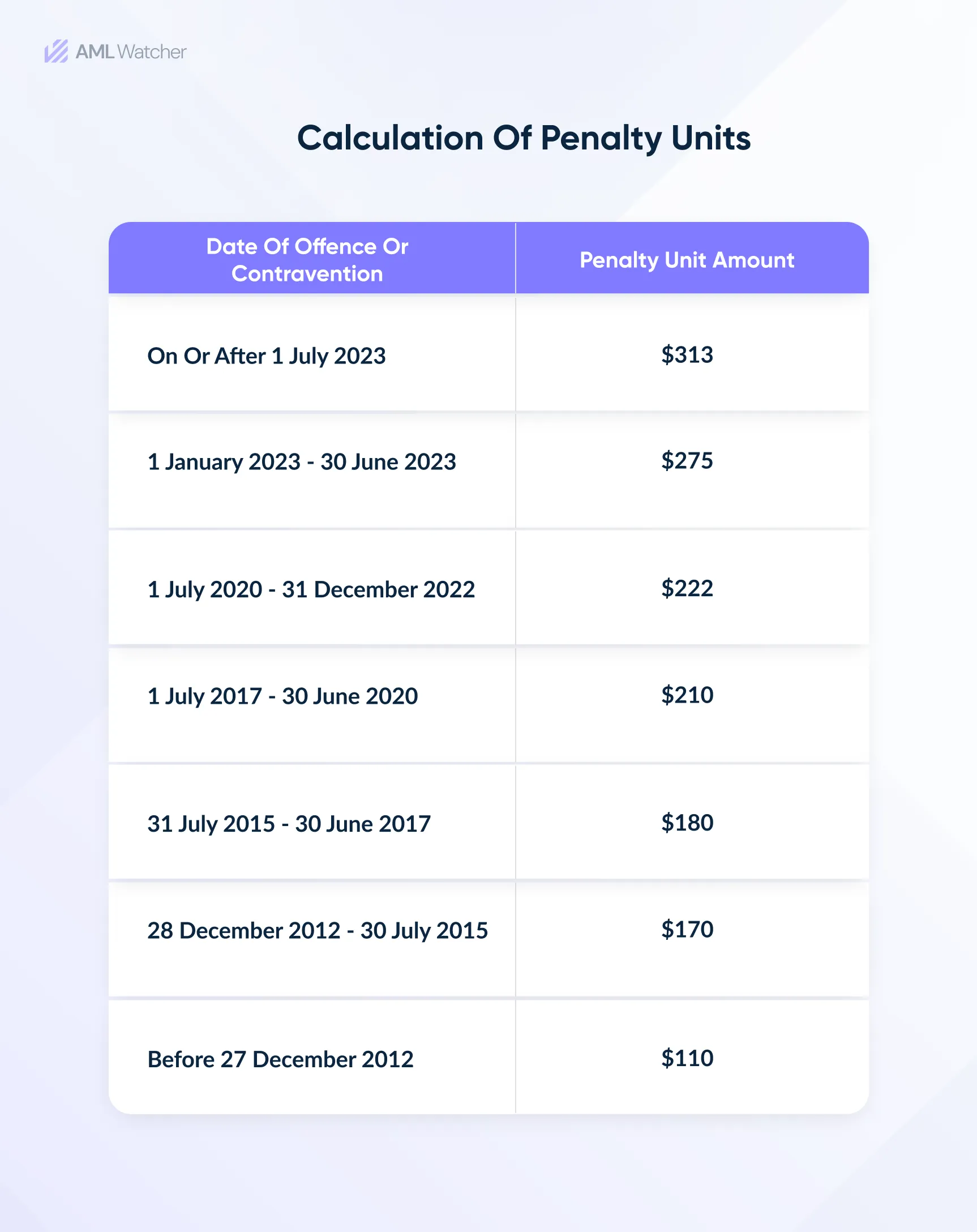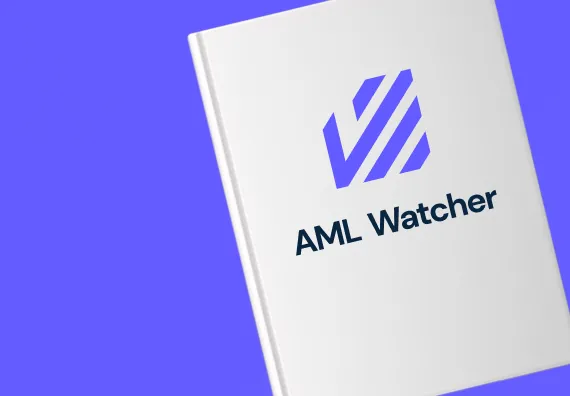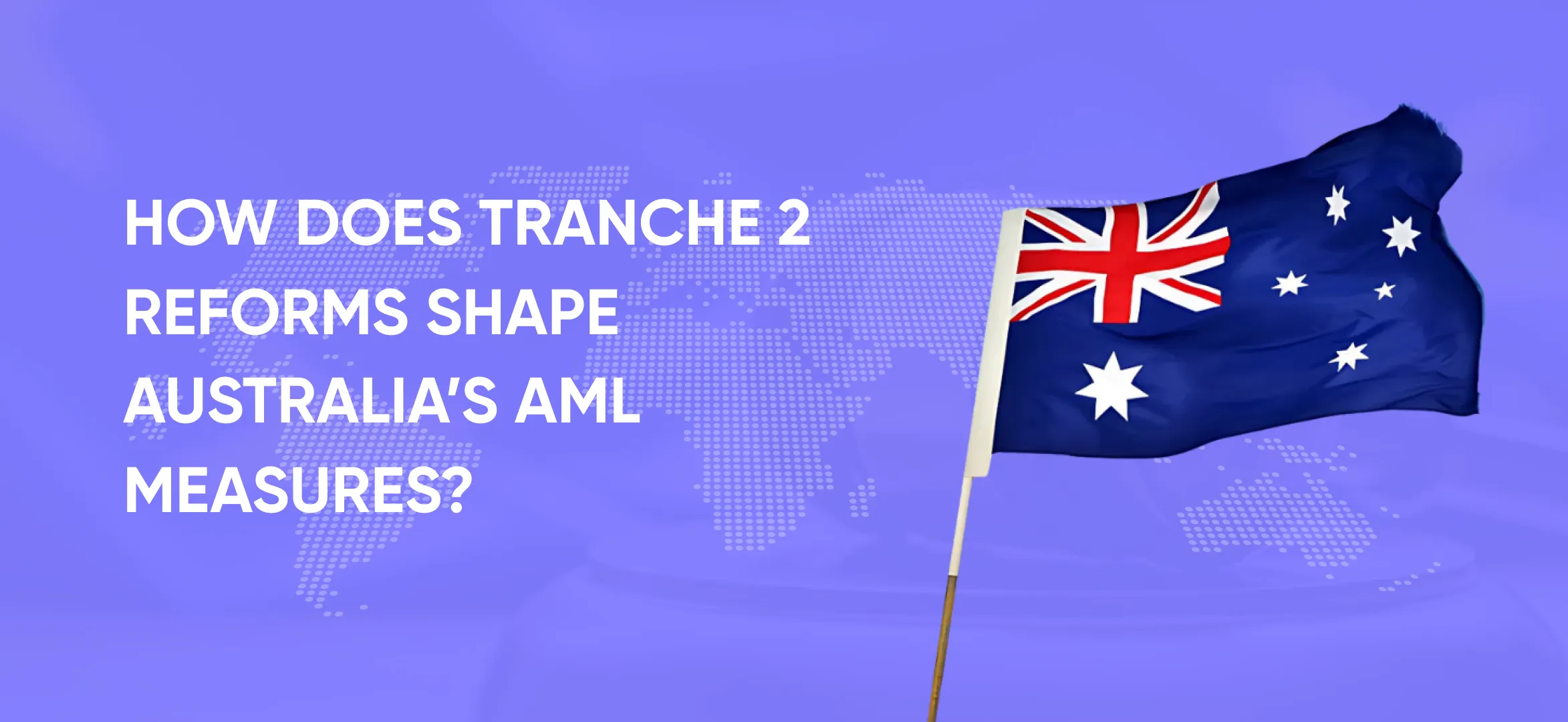
How Does Tranche 2 Reforms Shape Australia’s AML Measures?
“Significant regulatory gaps and vulnerabilities have made Australia an increasingly attractive destination for laundering illicit funds.”
Australian Government, 2023
Australia, despite having an open or free economy, an independent legal system, an established political system, and strong AML/CFT laws in the financial sector, has a loophole in its DNFBP sector that can be exploited by money launderers.
That’s why the Australian Albanese Government took evolutionary steps on 11 September 2024 by introducing the “AML and CFT Amendment Bill 2024” to modernize the implementation of AML compliance in the country for Designated Non-Financial Businesses and Professions (DNFBP), known as “Tranche 2”.
Before getting into details of this pressing issue, it’s essential to understand the background of how Australia started combating money laundering activities in the region to understand why Tranche 2 was needed.
When Australia started implementing various regulatory measures to combat money laundering, the first step was the introduction of the “Cash Transaction Reports (CTR) Act 1988”.
This act was the result of different Royal Commissions that revealed different links between fraud, money laundering, tax evasion, and organized crime.
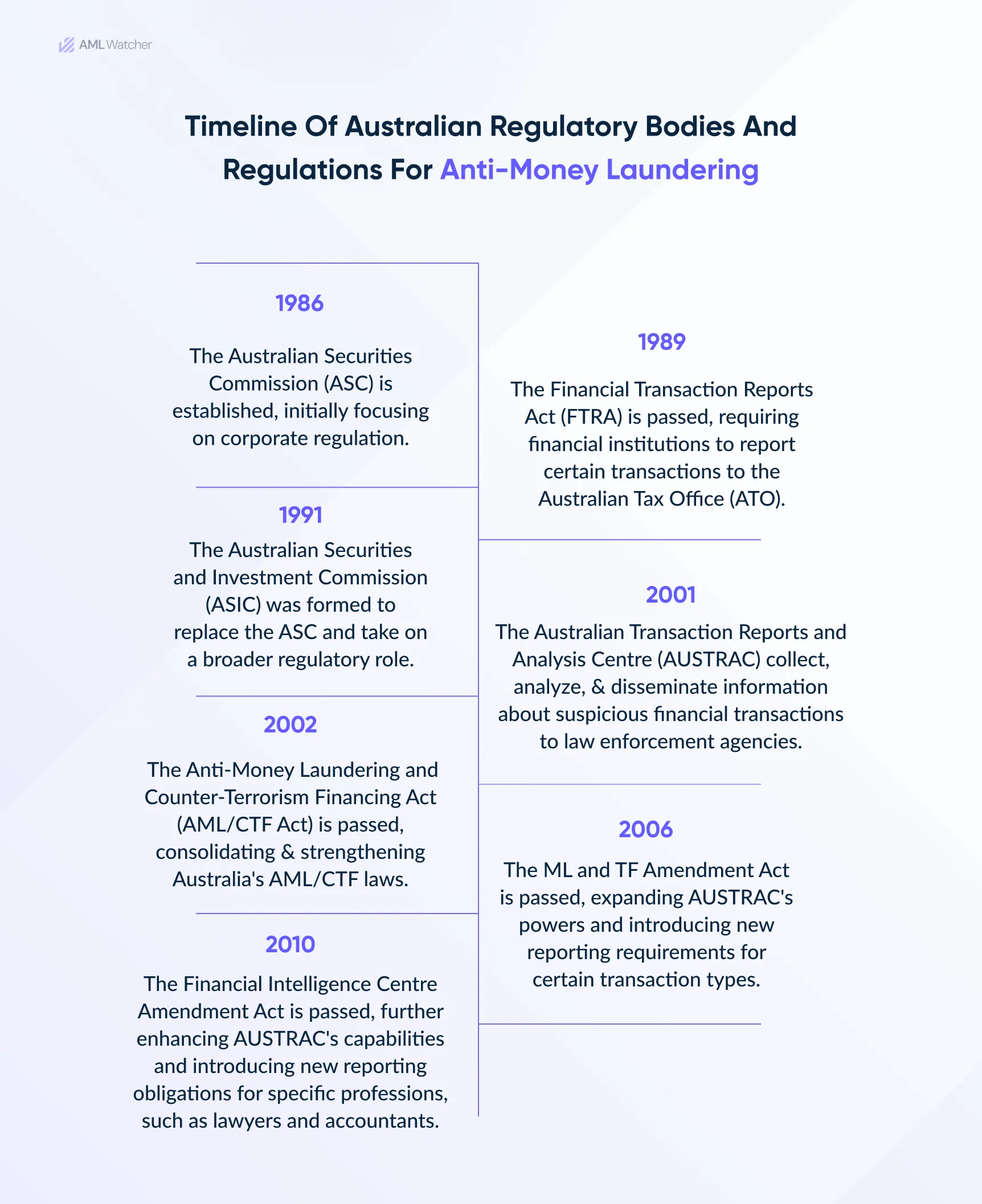
Considerable Gaps in Australia’s AML Regulations
UNODC stated that money launderers launder $800 billion to $2 trillion yearly at the global level. This stat shows the specific amount of money laundered each year, specifically in the US, UK, and Australia, through illegal activities such as tax evasion, drug or arms trafficking, and cybercrime, even after having the above-mentioned regulatory bodies.
“Even though there were clear warnings that criminal gangs and terrorists were exploiting the economy of Australia, still the earlier government had done nothing for nearly ten years to save the financial system of the country and expose Australia to risks”
Media center of the Attorney-General’s Department of Australian Government.
As a result of the former government’s failure to act, Australia is now one of only five jurisdictions out of more than 200 that do not regulate tranche-two entities, placing Australia at risk of being ‘grey-listed’ by the FATF, which could result in significant harm to the economy.
See how money launderers are engaged in illegal activities in DNFBP’s sector.
What is the Designated Non-Financial Businesses and Professions (DNFBP) Sector?
Under the FATF Glossary, DNFBPs entity means:
- a) Casinos
- b) Real estate agents
- c) Dealers in precious metals
- d) Dealers in precious stones
- e) Lawyers, notaries, other independent legal professionals and accountants
- f) Trust and Company Service Providers
The bill will cover the considerable regulatory gap in Australia regarding AML/CFT and address vulnerabilities in “Tranche 2” entities by expanding the regime because high-risk individuals are continuously exploiting these sectors.
What are Tranche 2 AML Reforms?
Tranche 2 is a set of regulations that will modernize Australia’s approach to AML/CFT by empowering AUSTRAC to investigate the DNFBP sector because this sector paid Australia alone a hefty penalty of $60 billion per year.
Tranche 2 will make sure that AUSTRALIA will retain its financial reputation by reducing high-profile money laundering cases.
Businesses that are designated under AML/CFT regulations have to register with AUSTRAC. You’re a “reporting entity” after registering a business and have to cope with the following obligations:
- Start with a written AML & CFT program for compliance management.
- Do risk assessments.
- Appoint a compliance officer.
- Collect & verify essential details before having any services and take verified document copies.
- Report certain transaction types, including international transfers and any suspicious transactions.
- Secure records about AML and CFT activities.
- Submit compliance reports when asked.
Read Also:
Australia’s AML/CFT Law Tranche 2 Expanding Compliance Requirement
At this point, it’s essential to understand the differences and similarities between Tranche 1 and 2.
Tranche 2 vs. Tranche 1
In the AML regime, Tranche 2 was proposed after facing good consequences from Tranche 1.
Tranche 2 Reforms for Real Estate, Legal Practitioners, Precious Metals, and Other Professional Sectors in Australia
The attorney general proposed a bill in Australia’s parliament to provide a legal framework for money laundering and terrorist financing in DNFBP’s sector, which also included dealers in precious metals, legal practitioners, accountants, real estate sector, conveyancers, business brokers, consultants, financial planners, insolvency and restructuring practitioners, and wealth advisors. These sectors are also required to conduct sanction and politically exposed person (PEP) screening as a part of anti-money laundering (AML) screening.
Do you know?: In Australia, AUSTRAC regulates digital currency exchange under the AML and CTF Act 2006. In March 2024, FATF’s 4th follow-up report showed there is no crypto travel rule for Virtual Assets Service Providers (VASPs). FATF asked them to perform AML screening for high-risk entities, including PEP’s and sanctioned individuals. Read more about crypto wallet screening.
AML Compliance Obligation for Bullion Dealer
Bullion dealers are individuals who buy and sell precious metals, jewelers, pawnbrokers, and coin dealers. If someone is dealing with bullion, then they have some specific obligations, such as implementing AML/CFT programs, registering with AUSTRAC, and reporting designated financial transactions to AUSTRAC.
AML Compliance Obligation for Real Estate
One of the Tranche 2 entities is the Real Estate Sector, and the bill introduced two real estate groups. The first group includes brokering the purchase, transfer of real estate, and sale on another person’s behalf to capture the buyer’s and seller’s agent services. The second group includes transferring real estate and selling it through an independent real estate agent to capture other businesses that land packages and sell houses.
Does Tranche 2 Potentially Protect Australia from the FATF Grey Area?
“Australia is at risk of being included on the FATF greylist.”
Media Release from Attorney General’s Portfolio
The mention in the grey list will damage Australia’s financial sector and affect its reputation, harming businesses and the public. AML CTF Tranche 2 will help Australia in complying with FATF regulations. However, if Tranche 2 entities don’t abide by AML/CFT compliance, then they can face hefty penalties.
Penalties for Non-Compliance with AML/CFT
Australian police officers uncovered $10 billion of money and seized assets of $150 million from money launderers in an Australian-Chinese operation. This scheme was executed through DNFBP entities, which is why AUSTRAC takes the following actions for non-compliance with AML/CFT compliance:
-
Civil Penalty Orders
AUSTRAC applied for a civil penalty order from the Federal Court. Then, the court will order designated entities to pay a fine of upto 20,000 penalty units and 100,000 for body corporate.
Crown Resorts – Australia’s Largest Casino
In 2022, AUSTRAC started operations against Australia’s largest casino “Crown Resort” because they didn’t comply with AML/CFT regulations, putting Australia and their business at risk of money laundering.
“AUSTRAC’s investigation identified poor governance, risk management and failures to have and maintain a compliant AML/CTF program detailing how Crown would identify, mitigate and manage the risk of their products and services being misused for money laundering or terrorism financing.”
AUSTRAC CEO Nicole Rose
In July 2023, the Federal Court of Australia (FCA) imposed a heavy penalty of approximately $450 million on the crown. Here’s how they calculated this fine:
Calculation of Penalty Units
The penalty unit calculates fines for violating regulations. These fines can easily be calculated by multiplying the one penalty value by the total unit numbers.
-
Enforceable Undertaking as a Written Commitment
Non-compliance with the terms and conditions of an enforceable undertaking is considered a serious crime. Designated services have to offer a written commitment or enforceable undertaking to the CEO of AUSTRAC and mention how you will comply with the CTF and AML acts.
-
Infringement Notices
In any case, if you breach certain parts of Tranche 2 AML in Australia, AUSTRAC can issue an infringement notice, which will be made public.
-
Remedial Directions or “Instructions to Take Actions”
A remedial direction is issued to:
- Bound you to provide a report that you didn’t provide to AUSTRAC.
- Let you know that you again don’t breach the same part of the act.
A remedial direction helps you take specific actions to ensure that you comply with different parts of the AML and CFT acts.
Obviously, no one wants to pay heavy fines even when they are not involved in any crime. Therefore, it’s essential to avoid these penalties by complying with advanced AML solutions such as risk assessment, due diligence, and sanction screening.
AML Watcher is offering these advanced solutions to ensure compliance with Australia’s AML/CFT regulations. We also cater to the major challenge that the DNFBP sector is facing regarding the “cost-effectiveness” of AML solutions.
Designated entities can get customized solutions according to their need to assess the risk or understand that the person they are working with isn’t sanctioned.
Which Solutions Does AML Watcher Provide to Tranche 2 Entities?
AML Watcher is an anti-money laundering screening solution that helps firms comply with AML regulatory requirements and reduce risk. We are identifying and providing customized and cost-effective solutions to overcome potential threats for Tranche 2 entities through different approaches, such as:
-
Risk Assessment
As per AML/CFT requirements of Australia, designated entities in tranche 2 must execute a thorough risk assessment.
To address the major challenge of de-risking entities, AML Watcher now offers due diligence to investigate the risk profile of customers, followed by custom risk scoring and screening parameters that help reduce noise and offer business-specific risk insights.
-
Sanctions List Screening
Sanction evasion is higher through DNFBPs, making it crucial for Tranche 2 entities to screen against the sanctions list as well. For example, lawyers can undergo a sanction screening process to ensure they aren’t working with any sanctioned entity.
AML Watcher provides data for 200+ sanction regimes, offering real-time updates at an interval of 15 mins. With a sanction screening solution, designated entities can avoid doing business with high-risk individuals.
-
Global Politically Exposed Person (PEP) Screening
Aligned with the Australian definition of PEP, AML Watcher covers data for four distinct categories of PEP, including local and global PEP data. With over 2.1M + PEP profiles, managing high-risk PEPs has been made easier.
If you are a Tranche 2 entity and encountering problems in conducting due diligence or risk assessment and searching for a cost-effective AML solution? Then, a custom AML Screening is the answer.
Contact us to get custom and business-specific AML solutions to comply with Australia’s AML/CFT regulations at half the cost.
Book Free DemoWe are here to consult you
Switch to AML Watcher today and reduce your current AML cost by 50% - no questions asked.
- Find right product and pricing for your business
- Get your current solution provider audit & minimise your changeover risk
- Gain expert insights with quick response time to your queries
